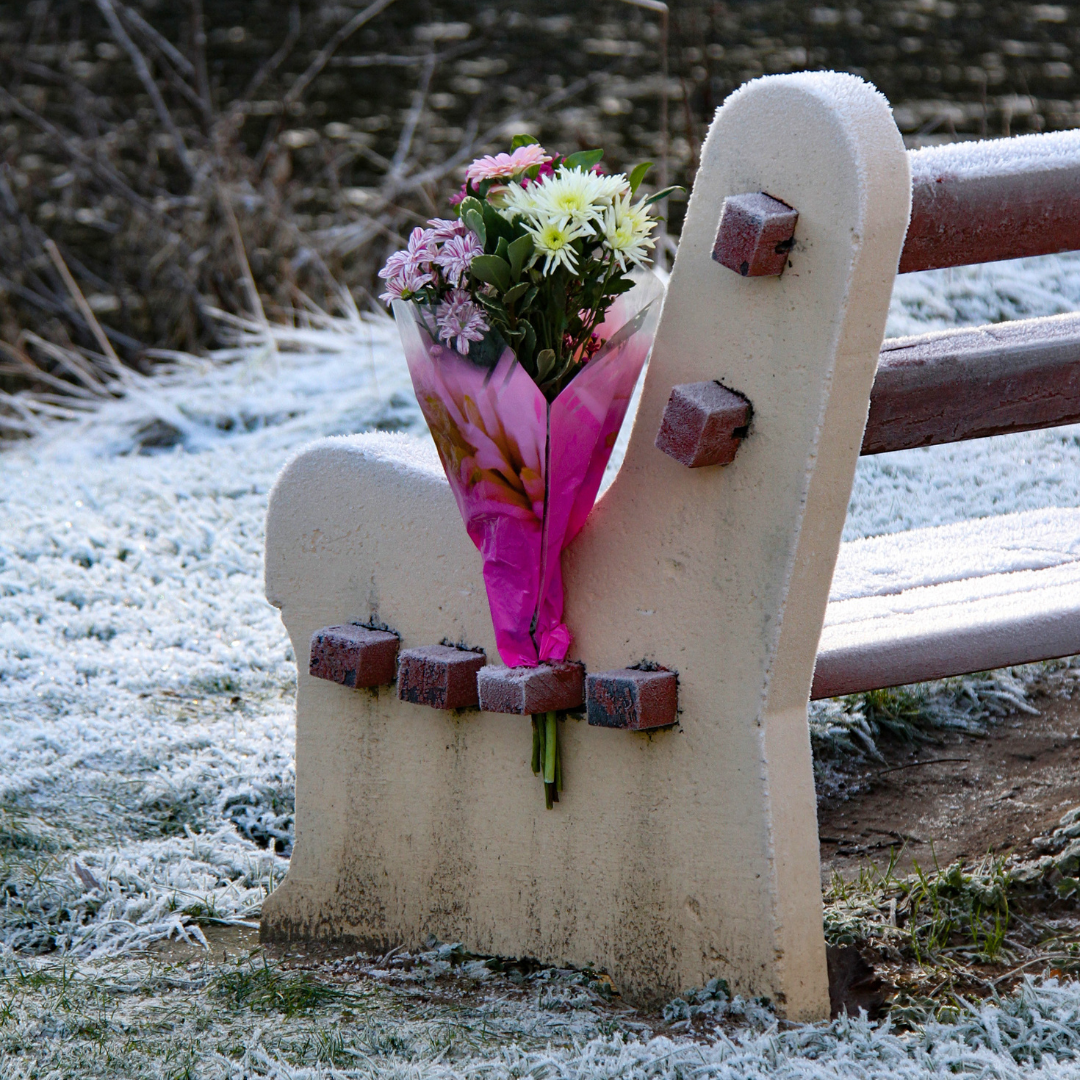 I started thinking about grief in the context of this work when one of our friends from the street died, and I felt like I had no place to put this grief. When a close friend or a family member dies, there is an expected course of suffering. Everyone around you understands what that looks like and there is no explanation needed for why you are grieving. But when one of our patients dies, I felt like I had no box I could put this grief into that would make sense to anyone outside of our work. I couldn’t expect even my friends who work in other areas of health care to understand. Comparative suffering has no place in grief, but I find it to be a natural response. In my community of street medicine providers, I had the sense that I needed “permission” to grieve, and that grief was only acceptable if I really knew the person best or longest or cared about them the most. I didn’t feel as though I was allowed a seat at the grief table if I couldn’t give a reason for being there. In hindsight, I can acknowledge that much of this was my own psyche, but in talking with colleagues I have found that many others felt similarly. So what do we do with this grief? What box does it fit into?
I started thinking about grief in the context of this work when one of our friends from the street died, and I felt like I had no place to put this grief. When a close friend or a family member dies, there is an expected course of suffering. Everyone around you understands what that looks like and there is no explanation needed for why you are grieving. But when one of our patients dies, I felt like I had no box I could put this grief into that would make sense to anyone outside of our work. I couldn’t expect even my friends who work in other areas of health care to understand. Comparative suffering has no place in grief, but I find it to be a natural response. In my community of street medicine providers, I had the sense that I needed “permission” to grieve, and that grief was only acceptable if I really knew the person best or longest or cared about them the most. I didn’t feel as though I was allowed a seat at the grief table if I couldn’t give a reason for being there. In hindsight, I can acknowledge that much of this was my own psyche, but in talking with colleagues I have found that many others felt similarly. So what do we do with this grief? What box does it fit into?
I was fortunate to be raised in a household where grief was acceptable and didn’t require justification. I called my dad, a retired minister, to get his thoughts on this issue of grief and where it belongs. His suggestion was to do something tangible, a personal and physical representation of my grief. My interpretation was wood burning. I will not be winning any awards for my art, but I bought some wooden chips, about the size of poker chips, and a cheap wood burner, and began burning into each one the name of a patient who has died. Both the act of burning these names and their physical presence have given me an opportunity to remember and honor these individuals. I imagine their faces, hear their laughs, and I can sit in gratitude for the impacts that they have had on my life. So many of the folks with whom we work die alone. A large portion of the deaths on the street in my community are from opioid overdose, a preventable tragedy that makes me furious at a system that doesn’t seem to care about the people who I love. In our work on the streets, we bear witness to unimaginable suffering, and I think that we owe it to ourselves and to the memories of those who have died to take better care of one another.
For myself and many others, grief in this work is felt both internally and externally. We remember where those who have passed used to sleep, where they panhandled, or we see their partners who are left to envision a life without them. For this reason, I urge you to explore both personal and community expressions of grief. I have described my own personal grief practice, but for others this looks like writing letters to the deceased, planting flowers, acts of kindness, therapy, donations to organizations, etc. Many communities honor Homeless Persons Memorial Day on the winter solstice, the longest night of the year. These events are incredibly important and can bring healing and a sense of closure. But perhaps this isn’t enough. People die on the streets every day, so what are we doing throughout the year to create space for grief? This could look like a moment of silence during a team meeting, a vigil or memorial at the deceased person’s camp, or a book of obituaries written by members of the community. There is no one practice that meets the emotional and cultural needs of every community, but the purpose is universal.
However you choose to express yourself, please honor your grief. It does have a place in this work, and we must acknowledge it to continue creating space for new relationships. Our friends on the street need us to keep doing this work.


